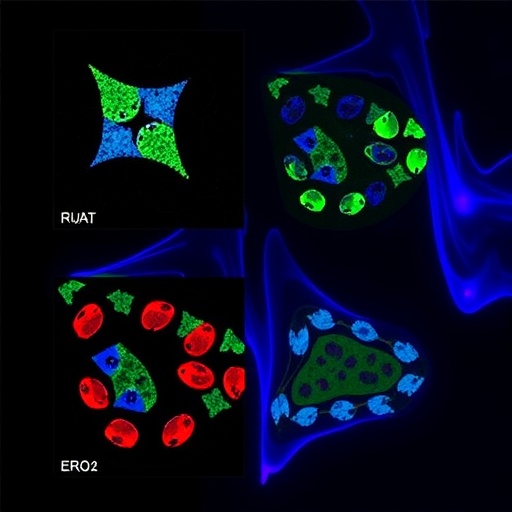A recent study by Vanderbilt researchers of 11 counties in Middle Tennessee revealed that children with autism spectrum disorder (ASD) were nearly 2.5 times more likely than children without ASD to be reported to the Child Abuse Hotline by the age of 8.
The study, led by researchers from Vanderbilt Kennedy Center’s Treatment and Research Institute for Autism Spectrum Disorders (TRIAD), examined the entire population of Middle Tennessee residents born in 2008 and compared their records through 2016. Using data collected through the Centers for Disease Control and Prevention’s (CDC) Autism and Developmental Disabilities Monitoring (ADDM) Network, 387 children out of the population of 24,306 were identified as having a diagnosis of ASD.
More than 17 percent of those identified with ASD had been reported to the Child Abuse Hotline by 2016, compared to 7.4 percent of children without ASD. Additionally, females with ASD were six times more likely to have substantiated allegations of maltreatment than males with ASD.
“If roughly one in five children with autism is reported to the Department of Child Services (DCS), we need to make sure there is awareness of how common this is and further educational and service system partnerships to optimize our ability to respond,” said Zachary Warren, PhD, executive director of the Vanderbilt Kennedy Center’s TRIAD and a senior investigator for the study. “This represents a very vulnerable population, and we have a responsibility to work with mandated reporters, service providers, school systems and those who respond to these allegations to make sure they’re equipped with all the tools necessary to meet the complex needs of these children.”
According to Warren, children with ASD may be particularly vulnerable to maltreatment due to a variety of factors, including the presence of challenging behavior and complex cognitive and language impairments, increased caregiver stress, lower levels of family social support and higher rates of caregiver isolation and dependence.
Children with autism are also more likely to regularly work with a team of providers who may be paying closer attention than they would to children without ASD, though data from this study can’t confirm or deny these hypotheses.
“There are a lot of things we still don’t know, but I think this study highlights the need to start examining those factors to better equip reporters and those who are responding to those reports,” said Warren.
Further information on what types of abuse are being reported, differences in clinical profiles of children along the autism spectrum, data on the rates of maltreatment of children with other types of disabilities and further evidence of gender disparities could provide a more holistic view of the factors surrounding these results.
Though the number of children with ASD being referred for maltreatment is high, Warren admits the rates found through the study could be conservative, as many cases of maltreatment likely occur without being reported.
Providers may also attribute signs of maltreatment to the child’s diagnosis or behavioral challenges, potentially failing to recognize symptoms that may be more readily identified in a typically developing child. Reports of abuse can also be filed later in the child’s life.
“We’ve been fortunate to partner with some forward-thinking leaders within the state who also want to understand these issues to better allocate resources to improve care,” said Warren.
“The DCS, the Department of Health and the Department of Education all have unique roles and responsibilities in thinking about the care of children, particularly those within vulnerable populations. This study enabled us to fuse those efforts.”
###
Investigators from Chapin Hall at the University of Chicago (Richard Epstein, PhD, and Mike Cull, PhD), Michigan State University (Marisa Fisher, PhD) and the Vanderbilt Kennedy Center (Richard Urbano, PhD, and Alison Vehorn, MS) also played key roles in the study.
Media Contact
Craig Boerner
[email protected]
615-322-4747
http://news.




